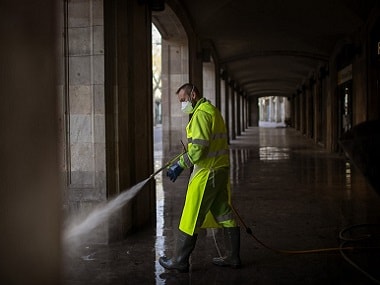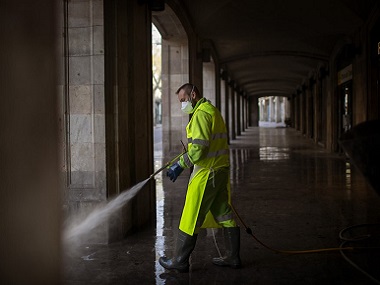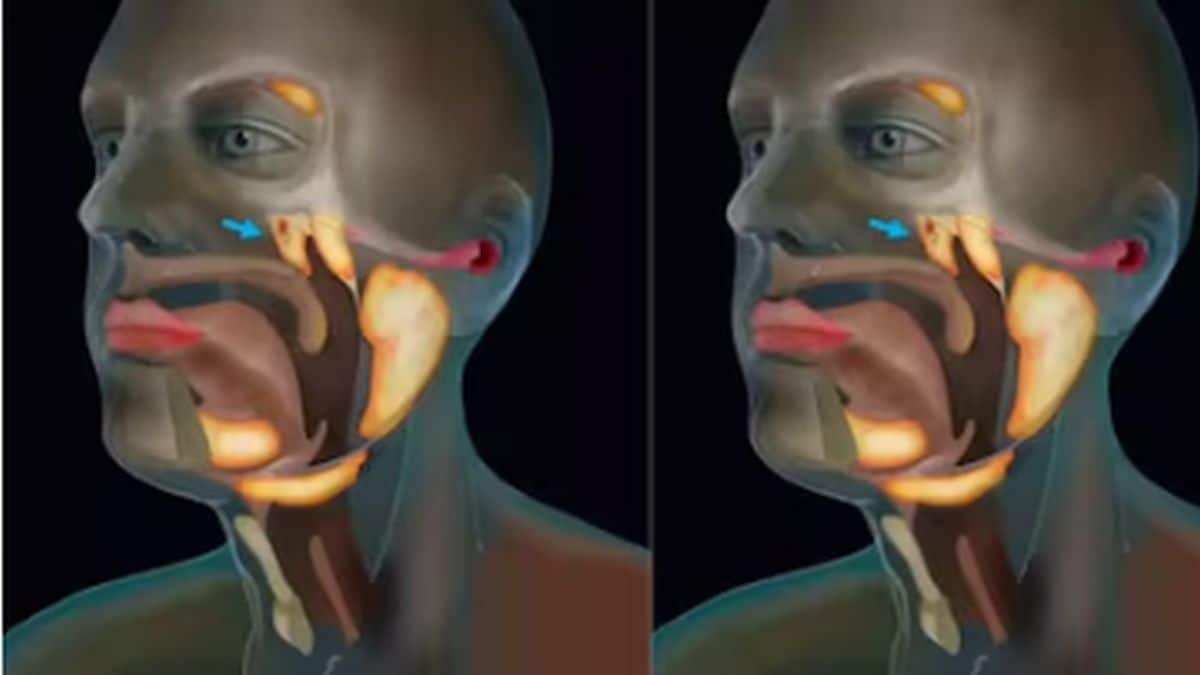Today, the number of active cases of COVID-19 globally crossed 1 million. The USA has the maximum number of cases (over 245,000 affected), while more than 13,900 people have already succumbed to the disease in Italy, the highest death toll in the world right now. India has 2,543 confirmed cases and 58 deaths so far. Amidst all this, the constant recommendations and pleas of the World Health Organisation on the importance of social distancing (now physical distancing). [caption id=“attachment_8169901” align=“alignleft” width=“380”]  Representational image. AP[/caption] And while Wuhan, the original epicentre of the disease is starting to go back to normal life, experts all over the world are still worried about the results. Would it cause a second wave of infections or is the city immune to the pandemic now? Were the stringent lockdowns (that most countries have applied) and social distancing enough? It remains to be known.
The right way to deal with the pandemic
Since the disease is new, every country in the world is dealing with it in its own way. While some of the methods are seemingly working, for example, the extensive testing in South Korea, others have resulted in severe consequences, as in the case of Italy and the USA. Here are 5 things we can learn from other countries about dealing with the pandemic: Start early: Infectious diseases spread at various rates and the best way to contain a new disease is to start early — when the disease does not seem as dangerous or widespread — and identify, isolate and treat all the initial cases. Social distancing: Respiratory diseases spread through droplet infection (coughing and sneezing), which makes it really important to maintain physical distance from the affected people. About 80% of cases of COVID-19 are mild or asymptomatic, which makes the disease silently spread through the masses before it shows up like a tsunami of severe cases. Social distancing is undoubtedly one of the tested and efficient strategies for preventing the spread of respiratory infections like COVID-19. And while we are at it, the importance of masks can’t be neglected. If you have a mild infection and are wearing masks, there is a smaller chance that you would spread the infection. Extensive testing: Social distancing only reduces the chances of spreading the infection. Extensive testing is important to identify asymptomatic and mild infections so they can be isolated and the infection spread can be stopped in its tracks. This was the method that South Korea used to keep their healthcare system from being overwhelmed. As soon as the disease showed up in the country, the government included the private sector and large scale testing for the disease began all over. This lead to quick and early identification of a lot of infected people and a significantly smaller number of cases compared to some of the other countries in the world. Complete measures: Despite extensive testing being considered one of the most important things to contain the pandemic, experts suggest that no one method is enough. A combination of testing, contact tracing, isolation of the mild and asymptomatic cases and social distancing is needed to effectively control the number of cases in any area or country. Lockdowns should not be done in only the hotspots of the disease in a country but a systematic approach is needed so those with mild infections cannot take the disease to a new area. A gradual lockdown is being considered to be one of the possible causes of the huge number of cases in the USA and Italy. And finally, it is best to quickly learn from mistakes and correct them as soon as possible. This can be done by following specific public health measures - since different areas even within the same country have different population density so what may work for one area may not be as efficient in another.
Impact of COVID-19 on international travel
One of the first things that most countries did with the spread of the COVID-19 is sealing their borders to stop or minimize international travel, especially to and from the countries that are majorly hit by the disease. However, several weeks in, when a major part of the population in certain countries is affected by COVID-19, one of the obvious questions that pop up is how would international travel look like now. Even before COVID-19 if you were travelling to certain countries with a particular infectious disease, you had to get vaccinated for the disease. For example, vaccines for yellow fever, tick-borne encephalitis, hepatitis A, rabies, and typhoid fever are recommended for people travelling to endemic countries. Also, precautions for traveller’s diarrhoea are needed.
So now the question is: Would there be necessary precautions and/or vaccinations (once they are developed) needed for those who are from a country with lesser cases and never had the infection — say those that contained the infection in stage one or two — travelling to a country that was much more affected, since they are likely to still be susceptible?
For more information, read our article on COVID-19: Symptoms, Causes, Transmission, Prevention and Treatment_._ Health articles in Firstpost are written by myUpchar.com, India’s first and biggest resource for verified medical information. At myUpchar, researchers and journalists work with doctors to bring you information on all things health.


)

)
)
)
)
)
)
)
)



